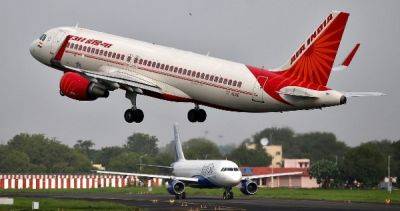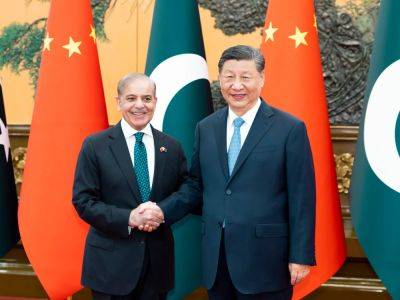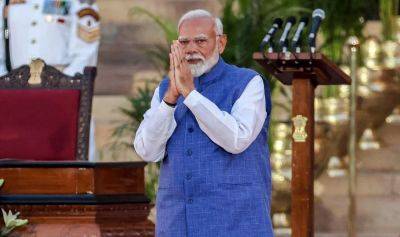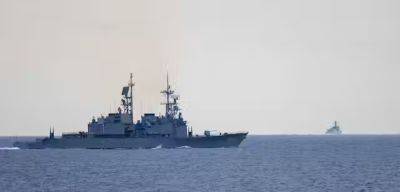Sharif’s Beijing trip: Can China-Pakistan Economic Corridor be revived?
The $62bn project, meant to resurrect Pakistan’s economy, has struggled amid attacks on Chinese workers.
Islamabad, Pakistan – Pakistan’s Prime Minister Shehbaz Sharif is scheduled to fly to China on June 4 for a five-day trip that will see him engage with Beijing’s top leadership, at a time when Islamabad has come to increasingly rely on its alliance with the world’s second-largest economy.
Sharif will visit Beijing, Xi’an and Shenzhen — the southern city that China showcases as a poster child of its dramatic economic rise since the 1980s. Shenzhen was handpicked by then-leader Deng Xiaoping as the country’s first special economic zone.
As Pakistan looks to similarly kick-start its economy from the doldrums, amid high inflation and a debt crisis, one multibillion-dollar economic project is at the heart of its ambitions:
The $62bn China-Pakistan Economic Corridor (CPEC), formally launched in 2015 by the two Asian nations, was pitted by the governments and many analysts in both countries as a “game-changer” for Pakistan’s economy. It included the construction of a flagship seaport, power plants and road networks across the South Asian country.
Yet nearly a decade later, questions hover over the future of the project.
The CPEC is a key component of China’s ambitious Belt and Road Initiative (BRI), a massive network of roads, bridges and ports spread across nearly 100 countries that Beijing hopes will recreate the ancient Silk Road trade routes linking Europe and Asia.
But critics say the BRI is a vehicle for China to expand its geopolitical influence and puts poorer countries such as Pakistan under more debt.
In Pakistan, the project included the building of a seaport at Gwadar in the south, along with the development of







